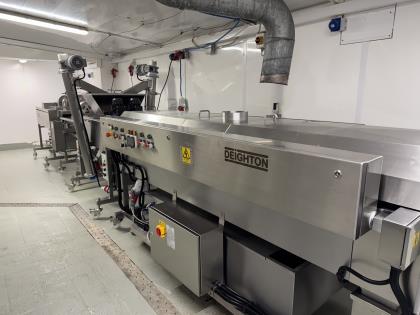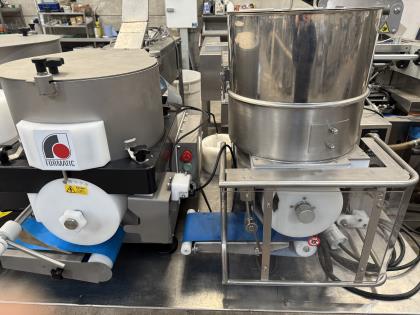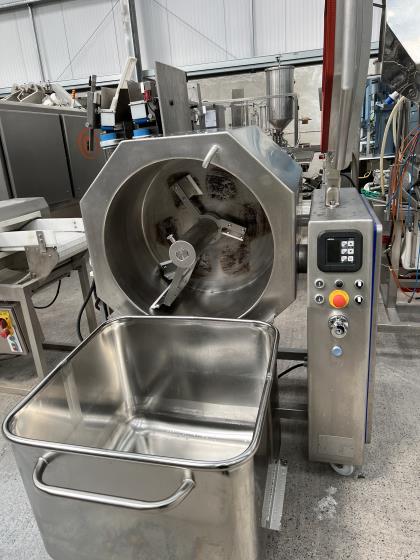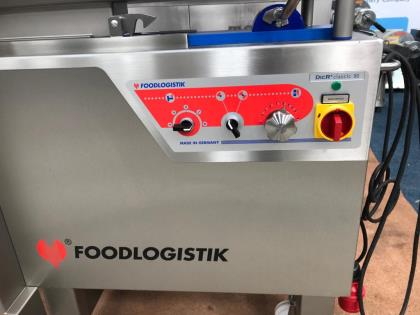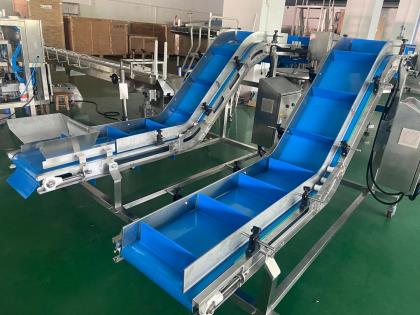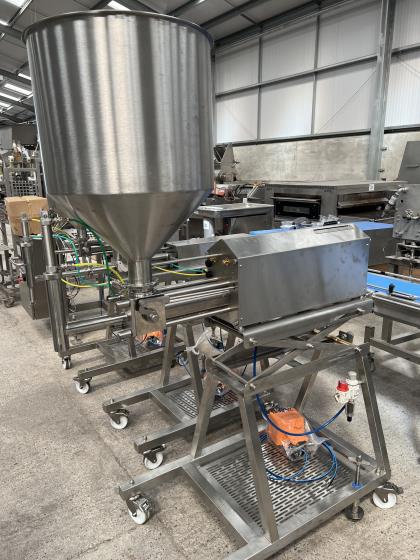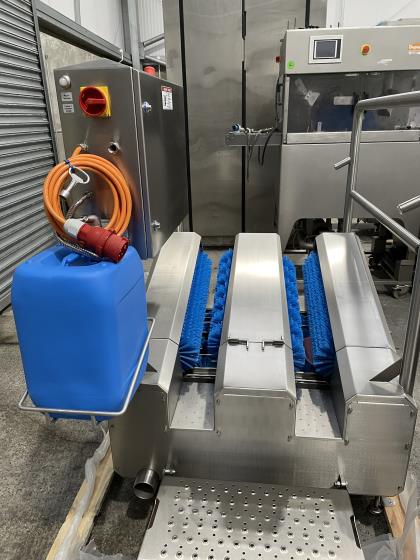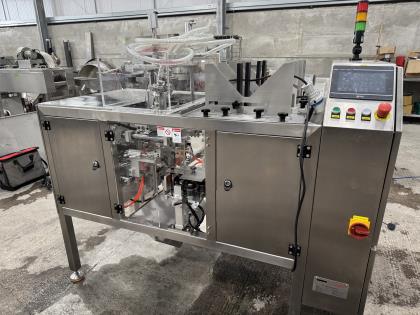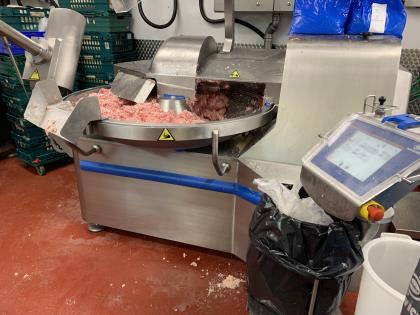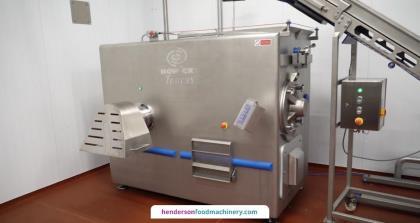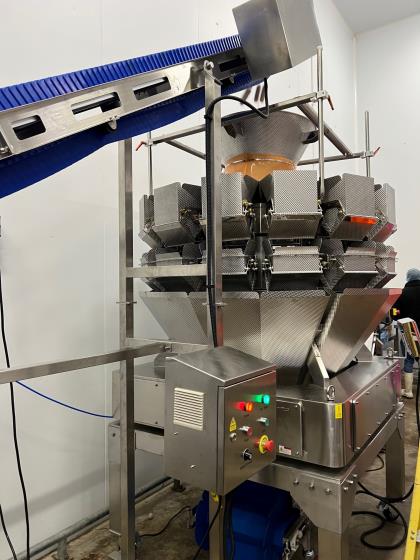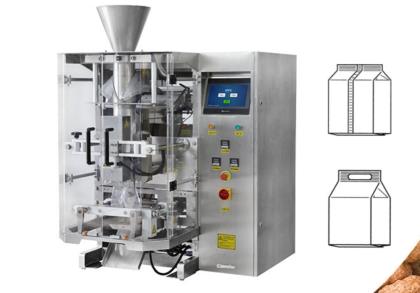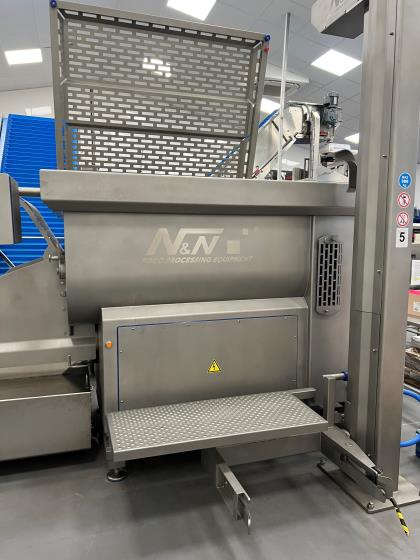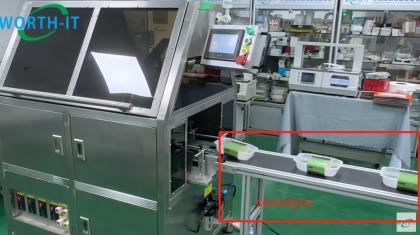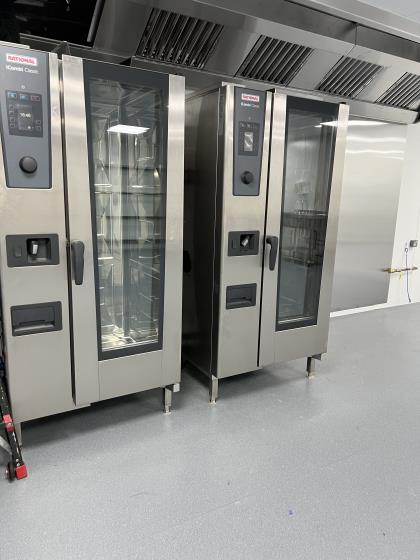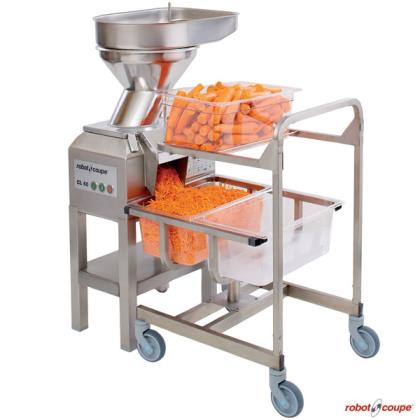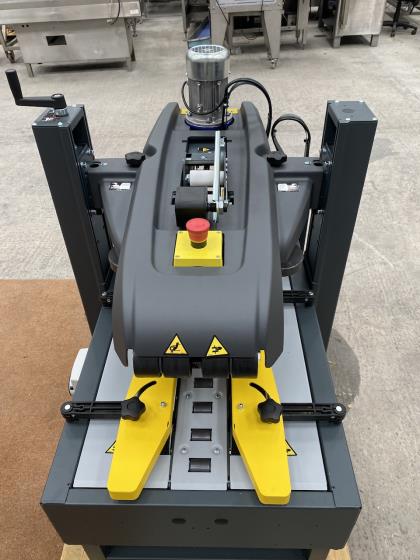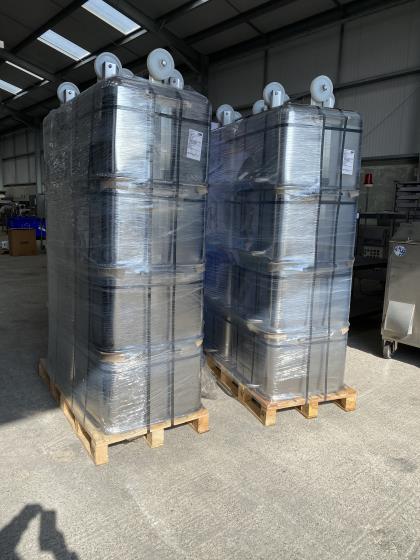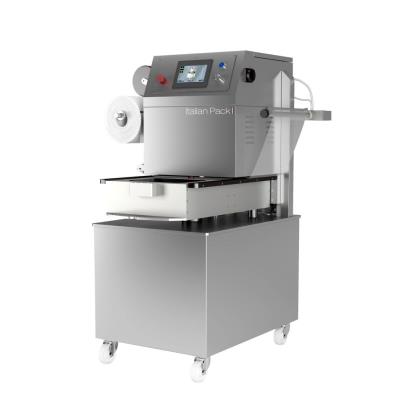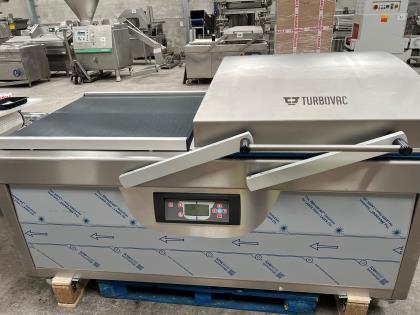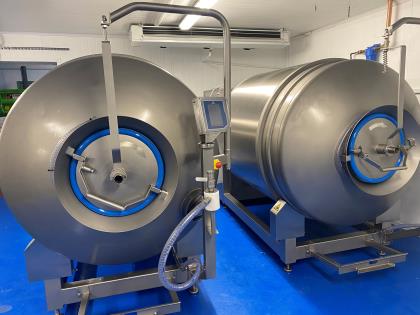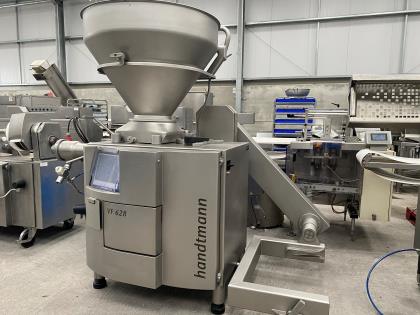Total Food Machines: Premium Multihead Weighers and Packaging Solutions
Please click the link to see a selection of videos from our youtube channel showing different Multihead Weighers
At Total Food Machines, we offer a comprehensive range of Multihead Weighers (MHW) designed to enhance efficiency and precision in your production line. Our Multihead Weighers are equipped with the highest-quality components to ensure reliability and top-tier performance. Key features include:
- Stainless Steel 316 Construction for durability and hygiene
- European Components for superior quality and performance
- HBM Load Cells for exceptional accuracy
- Siemens PLC & HMI for seamless operation and control
- IP65 Waterproof Rating for enhanced protection in industrial environments
Why Choose Our Multihead Weighers?
Multihead Weighers are renowned for their speed and accuracy in weighing and packaging a wide variety of products. The process is simple yet highly effective:
- Product Infeed: Product enters the system through an inlet chute and is distributed into pool hoppers.
- Weighing: The product is weighed in the hoppers to the specified weight.
- Optimal Combination: The control system calculates the optimal weight combination and discharges the product through a timing mechanism to ensure accurate packing.
The MHW’s precision allows for multiple packs to be processed simultaneously, streamlining your production line and maximizing output.
Versatile Packaging Options
In addition to our Multihead Weighers, we can supply Pouch Filling Machines, designed to open, fill, and seal a wide range of pouch sizes. This integration enhances the automation of your packing process, increasing production speed and reducing labour costs.
We also offer Vertical Form Fill Seal (VFFS) Machines, ideal for liquids, powders, and granules. These machines seamlessly integrate into automated assembly lines for a fully optimised packaging solution.
Customised Configurations for Every Need
Our Multihead Weighers are highly customisable based on your specific product and production requirements. Consider the following options to tailor the system to your needs:
- Top Cone Type: Choose between rotary (for sticky products) or vibrating (for granular/non-sticky products) systems.
- Level Control: Select from photosensors (for light, fluffy products) or weighing load cells (for heavier items).
- Linear Pans: Available in various shapes and angles, including flat, inclined, and V-shaped, to suit a wide range of products.
- Buckets: Choose from a variety of bucket sizes, including single and double-door options, as well as mesh and scrapping buckets for specialized needs.
- Discharge Chutes: Adjustable discharge chute angles (from 60° to 85°) to handle sticky or free-flowing products.
Advanced Control Systems
Our Multihead Weighers come equipped with advanced MCU or PLC control systems, including options for Siemens or Allen-Bradley PLCs.
The Weinview Touch Panel provides an intuitive interface, allowing for easy adjustments and monitoring.
Specialised Features for Demanding Applications
We also offer a range of optional enhancements, such as:
- Anti-Humidity Systems for low-temperature or frozen environments
- Anti-Rotation Devices to prevent product rotation in discharge chutes
- Silicone Pads to protect fragile products and reduce noise
- High-Temperature Teflon for sticky or high-temperature products
- Customisable Feeder Systems for delicate or irregularly shaped products (e.g., fish, large cuts of meat, vegetables)
How to Choose the Right Multihead Weigher
To ensure we recommend the best Multihead Weigher for your needs, we require the following information:
- Product Details: Including photos, unit weight, dimensions, and packaging method (e.g., bags, trays, jars)
- Target Weight and Speed Requirements
- Packing Line Specifications: Including package type and dimensions
Key Applications
Multihead Weighers are versatile and can handle a wide variety of applications, including:
- Food Products: Snacks, confectionery, fresh produce, meats, poultry, cheese, and more
- Non-Food Products: Granules, powders, and other bulk items
- Fragile or Irregular Products: Chocolates, biscuits, and items with irregular shapes or sizes
With mix-weighing capabilities, we can combine multiple ingredients in precise ratios, ensuring efficiency and minimal waste. For example, a breakfast cereal mix might use eight heads for more expensive ingredients like nuts and dried fruit, while allocating fewer heads for less expensive components.
Linear Weighers: The Ideal Starting Point
If you're new to automated weighing, our Linear Weighers offer an ideal solution for entry into the world of precise and automated weighing. These systems are compact, simple to use, and serve as a perfect precursor to Multihead Weighers. Available in single-head to multi-head configurations, linear weighers can handle a variety of products and packaging types.
Contact Us for More Information
To learn more about how our Multihead Weighers and Packaging Solutions can improve your production line, contact Total Food Machines today. Our team of experts is ready to guide you in selecting the optimal solution for your specific needs.
